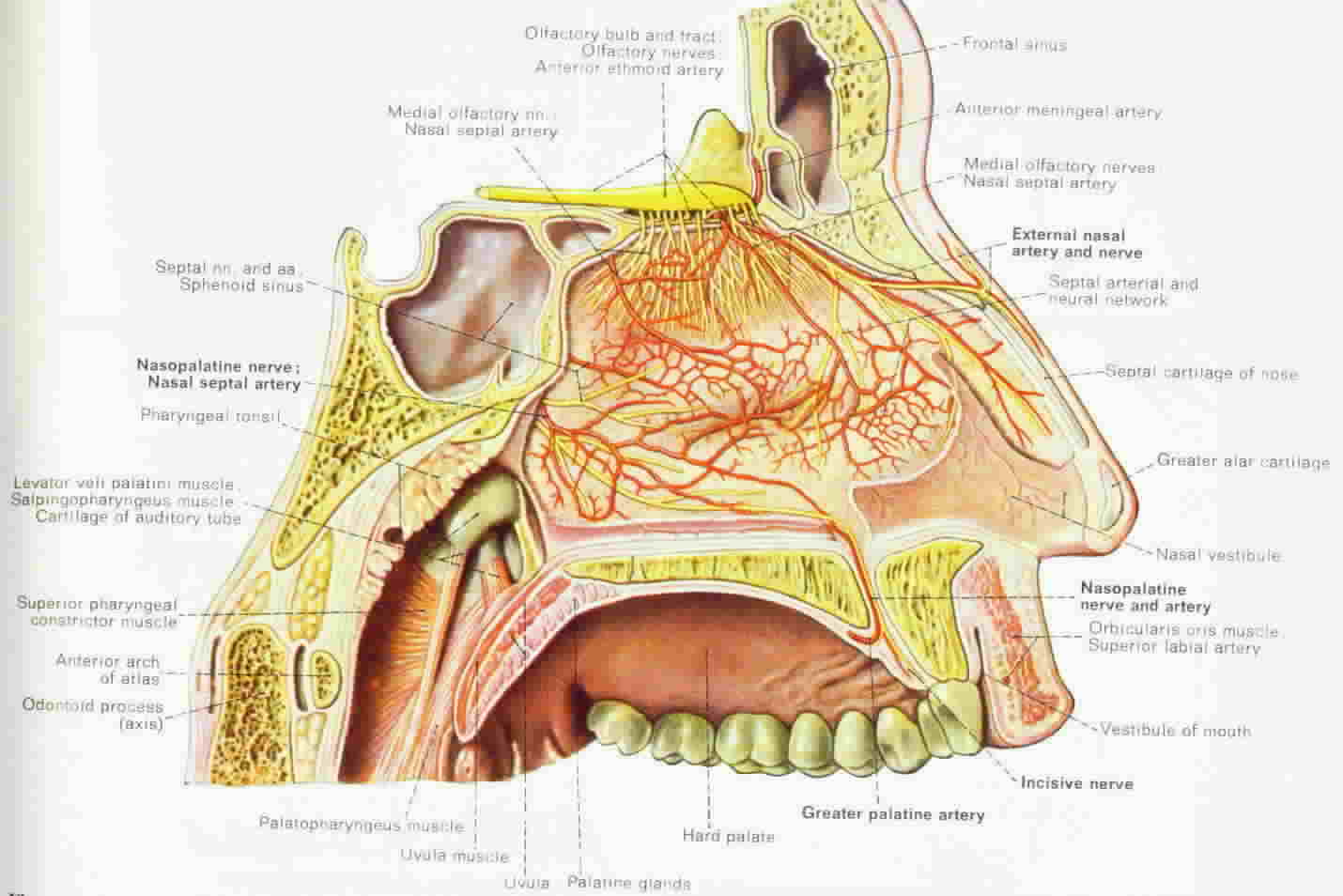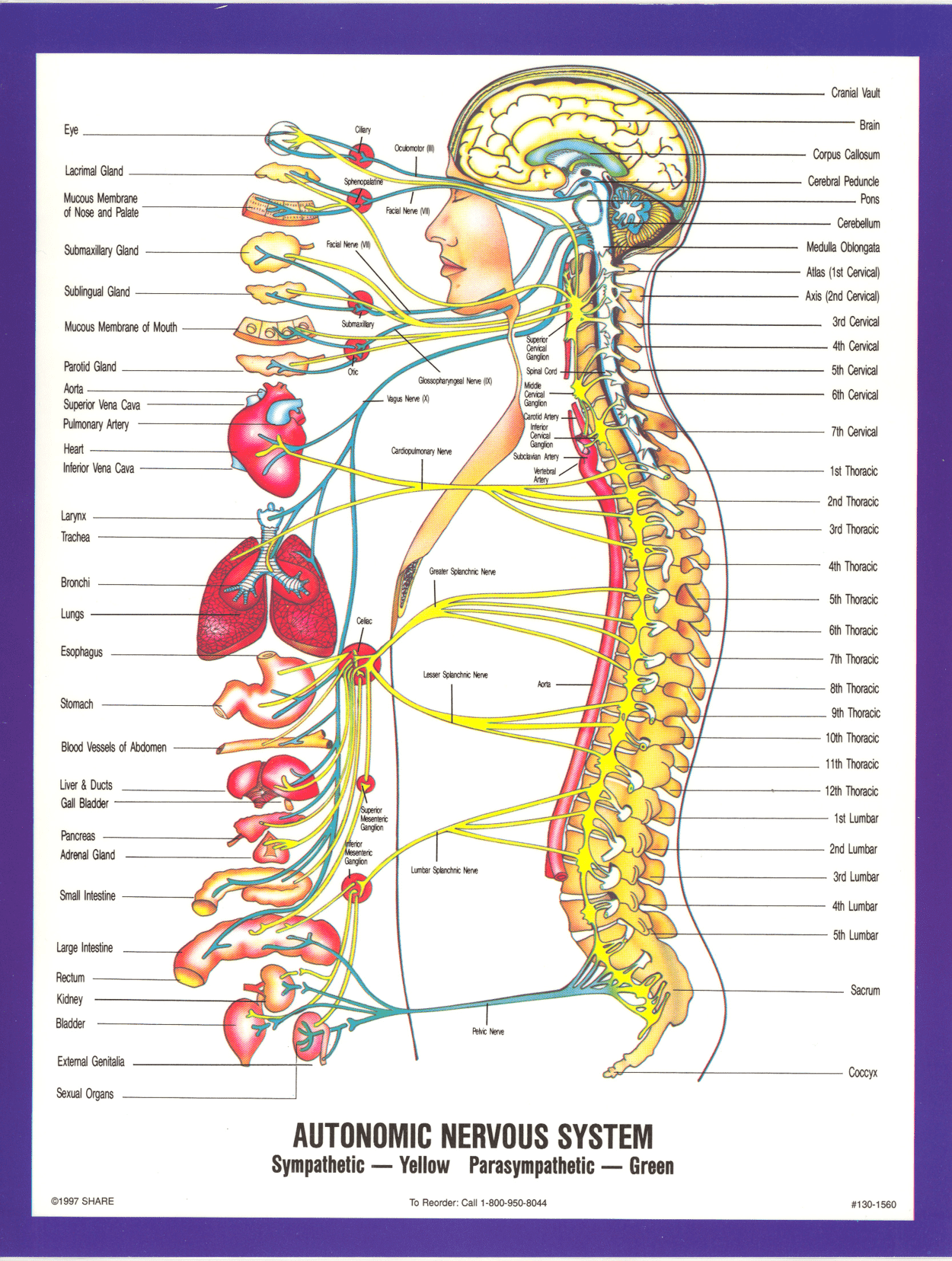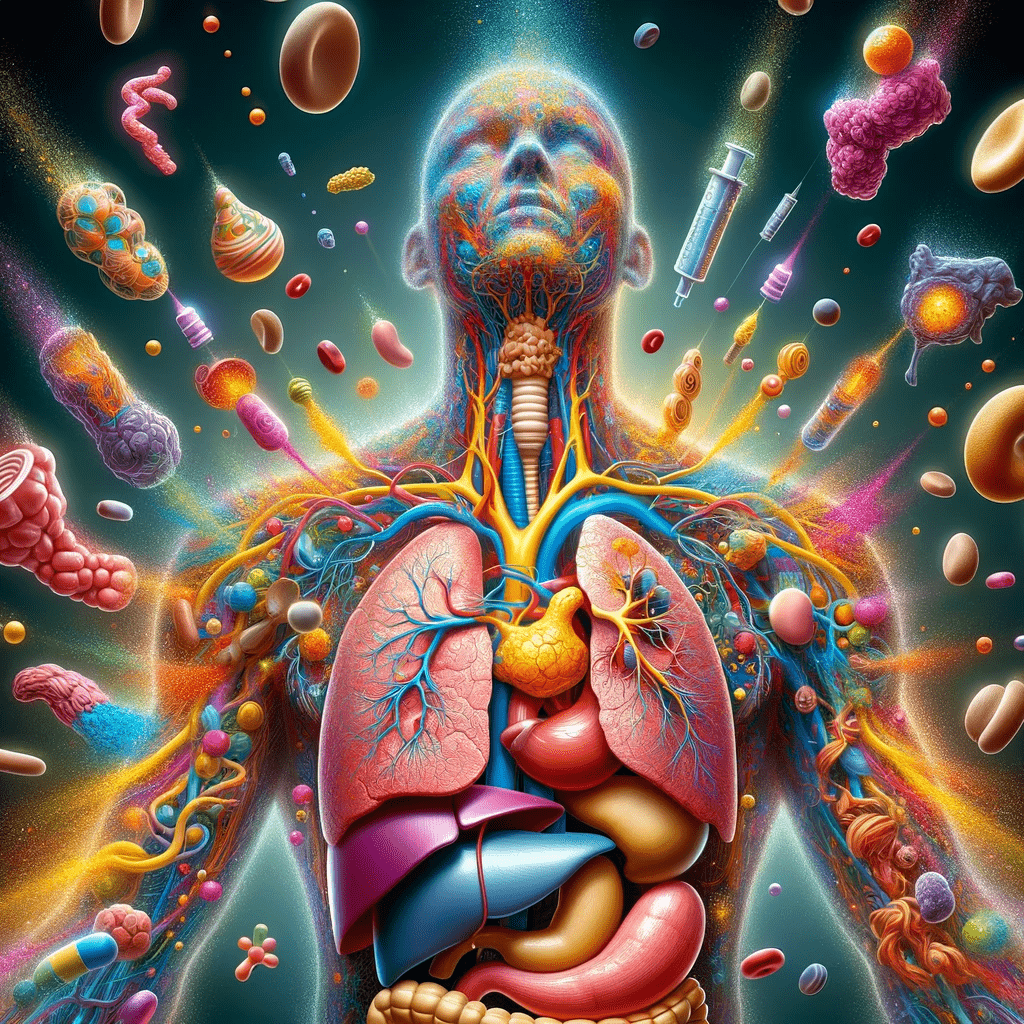Five of Yoga’s Heart Benefits (Heart Health)
5 of Yoga’s Heart Benefits Yoga’s Heart benefits are rather robust, ranging from increased circulatory function to decreased heart rate, to reduced cortisol levels in the bloodstream. Considering modern western yoga’s intensity, I think it is quite obvious that the longer duration vinyasa classes can have aerobic component to them. Cardio-vascular disease affects more than … Read more




